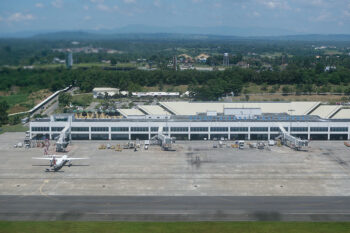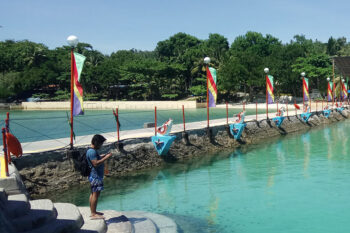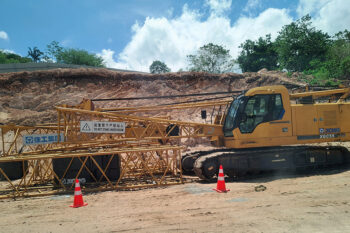DAVAO CITY (MindaNews / 23 June) — In my younger years, I worked with the Maryknoll Missionaries when they constituted a big number of foreign missionaries in what is now Davao del Norte, Compostela Valley (soon to be renamed Davao de Oro) and Davao Oriental. They had arrived in this part of the Davao Region in the years following the World War II to minister to the parishes along the coast of Davao Gulf, the plains and the upland interior villages. Those were the years when the roads and bridges linking the towns were still in their primitive stages. Some of the coastal towns then could only be reached through boats from Davao City.
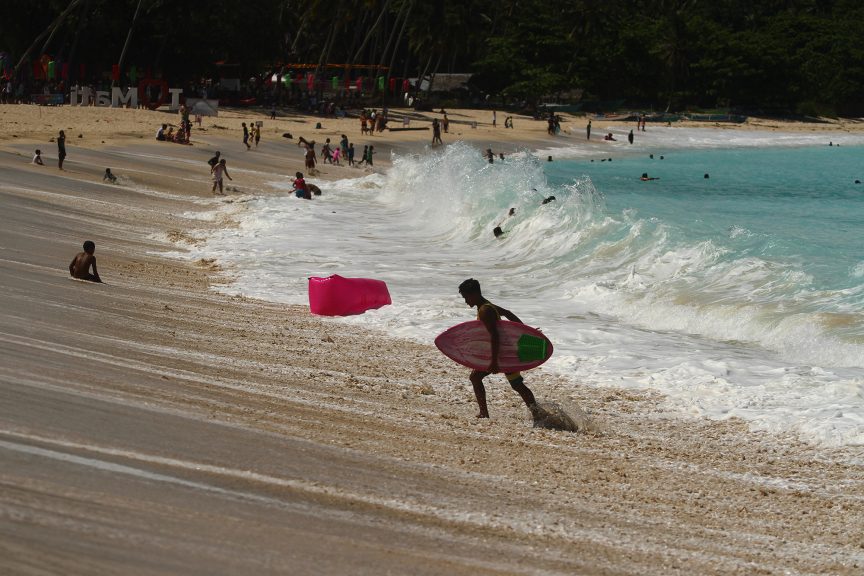
I was a lay parish staff member working mainly in a big number of barangays in what is now Mati City in 1972 to 1974, the early first years of Marcos’ martial rule. But we had joint activities with the adjacent parishes of a number of towns of Davao Oriental, so I travelled to most of the coastal municipalities and experienced the inconveniences of travelling around owing to poor infrastructure facilities. But even then I was already impressed with the beauty of the sights in these locations, the rich cultural traditions of the Lumads (mainly the Mandayas) as well as the historical significance of some of the areas in this territory.
In those years, we already discovered the delights of being in Mati. As one approached the town from nearby Lupon, following a thrilling ride through the narrow zig-zag road, one held one’s breath both at how beautiful the bay looked from the mountain’s vantage view but also because anytime the bus could fall down the ravine. This fantastic view, however, was spoiled by all the dust when one travelled this road in the summer when aircon buses were still unheard of. Looking down the coast, one sees parts of the land appear as islands during low tide (one of which was still nameless in those years but in the post-tourism period has now been labelled dinosaur island which attract tourists to get off their vehicles for a photo op).
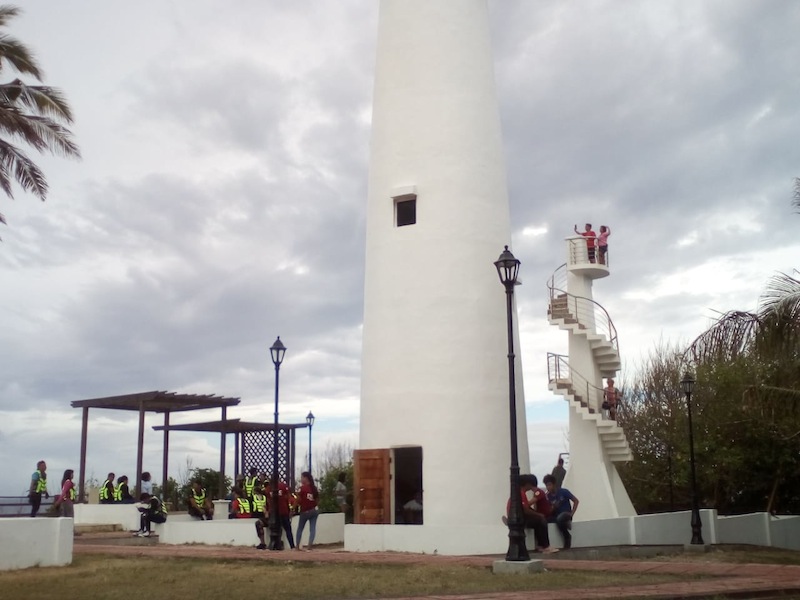
The parish of Mati stretched from the poblacion to the boundary of adjacent town, namely, Governor Genoroso (formerly more popularly known as Sigaboy). The last barangay of Mati was just a few kilometers from the tip of Davao Oriental that goes out to the sea, called the Cape of San Agustin. Around this area sometime in the late 1500s, the galleon that carried colonizers including St. Francis Xavier had docked for a short while. It is to be remembered that the first Portuguese and Spanish colonizers since the dawn of the colonial era were passing through Caraga and across the Davao Gulf as they sailed towards other parts of Asia, especially the Moluccas owing to the spice trade.
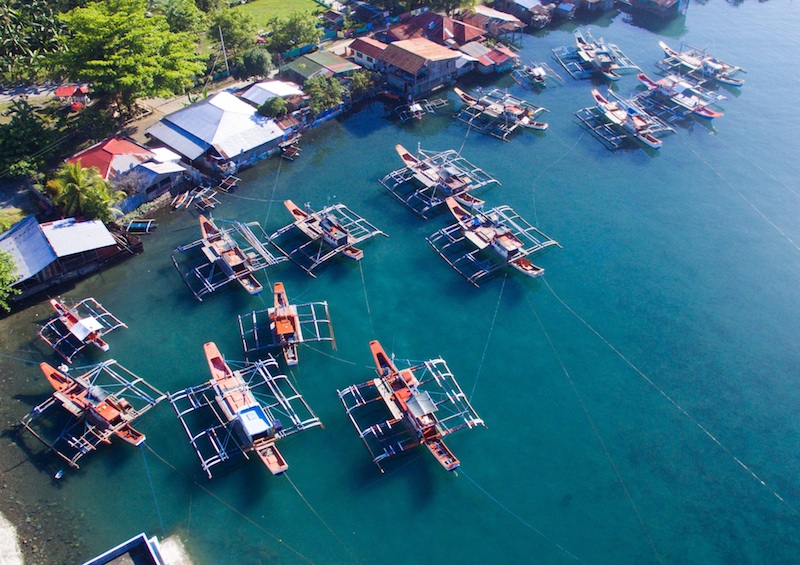
From 1972 to 1974, as part of the Mati parish team headed by Fr. Jack Walsh MM, I travelled from village to village on pumpboat organizing Gagmayng Kristohanong Katilingban (Basic Christian Communities). It was not easy to reach these coastal villages as there were no roads linking them. Only pumpboats made possible the travel to reach these villages. It was then I discovered how varied the sights were along the coast. As populations were sparse, most of the sea had not been polluted so the waters were so clear one can easily spot schools of fish. Some of the beaches had white sand while others had black pebbles. In some spots, it was dangerous to get the pumpboat to land as this could hit the sharp rocks lining the coast. There were spots where trees could only reach a certain height having grown only in the crevices of cliffs. Arriving at dusk in one spot, we saw thousands of bats fly from inside a cave blackening the sky – truly a fantastic sight!
But apart from these sights which were known only to a few people, there were more popular sights in Mati that had begun to attract both local citizens and outsiders. There is the Dahican Beach known for its white sand and a little bit of surf. Two islands named Pujada and Maniban were ideal for picnics and even overnight stay if you brought tents. The town itself had little to interest visitors, although the area beside the port was an ideal park for those who wanted afternoon strolls by the bay.
Other places across Davao Oriental had their own fantastic sights including majestic waterfalls, unspoiled islets, beaches where one could view awesome sunrises/sunsets, old church structures and rich cultural showcases, but given how isolated these sites were due to poor infrastructure, only the locals would have known of them. It was only in the late 1990s and early 2000s – when tourism in these parts of Davao took off, fueled by improvement in the road system as well as the peace and order conditions, that more outsiders got to visit these areas. And through word-of-mouth and coverage of social media, tourism in the East Coast has recently soared.
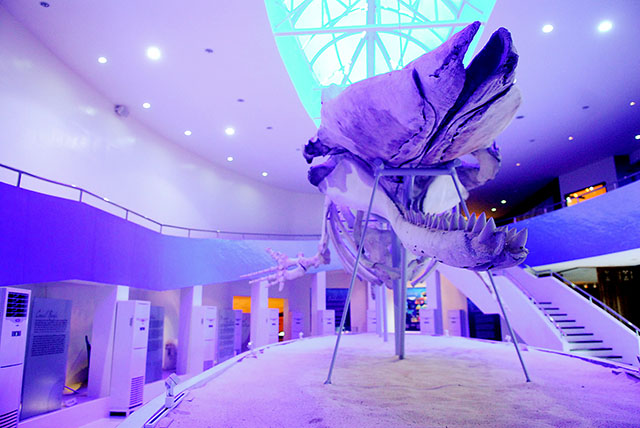
My own familiarity with these spots have expanded only in the last few years making it possible to discover new sights and rediscover some of those I have seen earlier in my youth. With family members and friends, I have been to the Subangan Museum (Mati), Aliwagwag Falls (Cateel), San Salvador del Mundo church built in 1861 and the Pusan Point in Barangay Santiago (Caraga), the Britannia Islands (San Agustin), the Hamaguitan Museum showcasing the samples of the pygmy forest (San Isidro) and Cape San Agustin with its three parolas and where one sees the Pacific Ocean meeting the waters of the Davao Gulf (Governor Generoso). These are just some of the sights that have now made the East Coast of Davao a prime tourist destination that can compare with some of the popular ones across the country. For the moment, the advantage is that – especially compared to Coron, Cebu, Boracay, Bohol, Siargao – the tourist crowds are still manageable and one does not need to compete with space and costs are not yet astronomical.
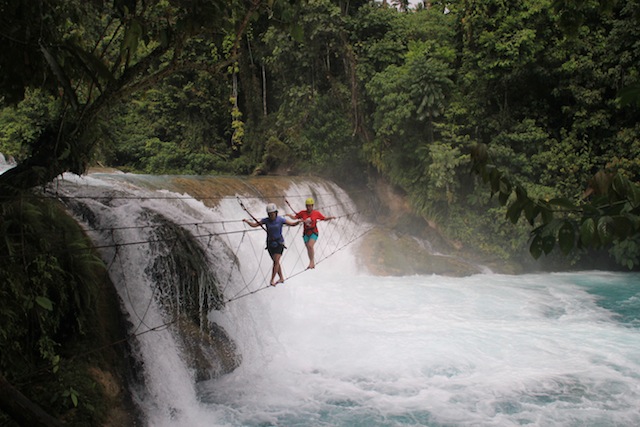
Of special interest for those who when they visit new locations are more interested in the historical, geological, botanical and cultural riches of the places they encounter for the first time are the Subangan, Pusan Point and Hamiguitan museums. Built during the term of Ms. Corazon Nunez-Malanyaon when she was Davao Oriental’s Governor, these museums were built with the experts who were tapped as curators. These museums are also well-maintained and are affordable, with special rates for the local citizens. An entry to the Mt. Hamiguitan Range Wildlife Sanctuary which in 2014 was made part of the UNESCO World Heritage List – the only one in Mindanao – this museum is a gem and one can only hope that those in-charge will make sure it will continue to be well-maintained in the years to come.
But so much still needs to be done to tap into the rich history, natural wonders and cultural traditions of the East Coast. For the moment, there is still a major emphasis on the natural charms of its sights. Little has been done to showcase its rich cultural traditions and the historical significance of some of its locations. One also hopes that measures are taken to provide the ecological sustainability of these sights and not suffer what happened in places like Boracay.
If accomplished by making sure such tourist initiatives will provide more jobs for local citizens, further improve the infrastructure and services of the local government units and yet protect the integrity of the natural habitat, we can only salute those who are tasked with promoting tourism across the islands! [Redemptorist Brother Karl Gaspar is a professor at St. Alphonsus Theological and Mission Institute (SATMI) in Davao City and a professor of Anthropology at the Ateneo de Davao University. Gaspar is author of several books, including “Desperately Seeking God’s Saving Action: Yolanda Survivors’ Hope Beyond Heartbreaking Lamentations,” two books on Davao history, and “Ordinary Lives, Lived Extraordinarily – Mindanawon Profiles” launched in February 2019. He writes two columns for MindaNews, one in English (A Sojourner’s Views) and the other in Binisaya (Panaw-Lantaw).]



